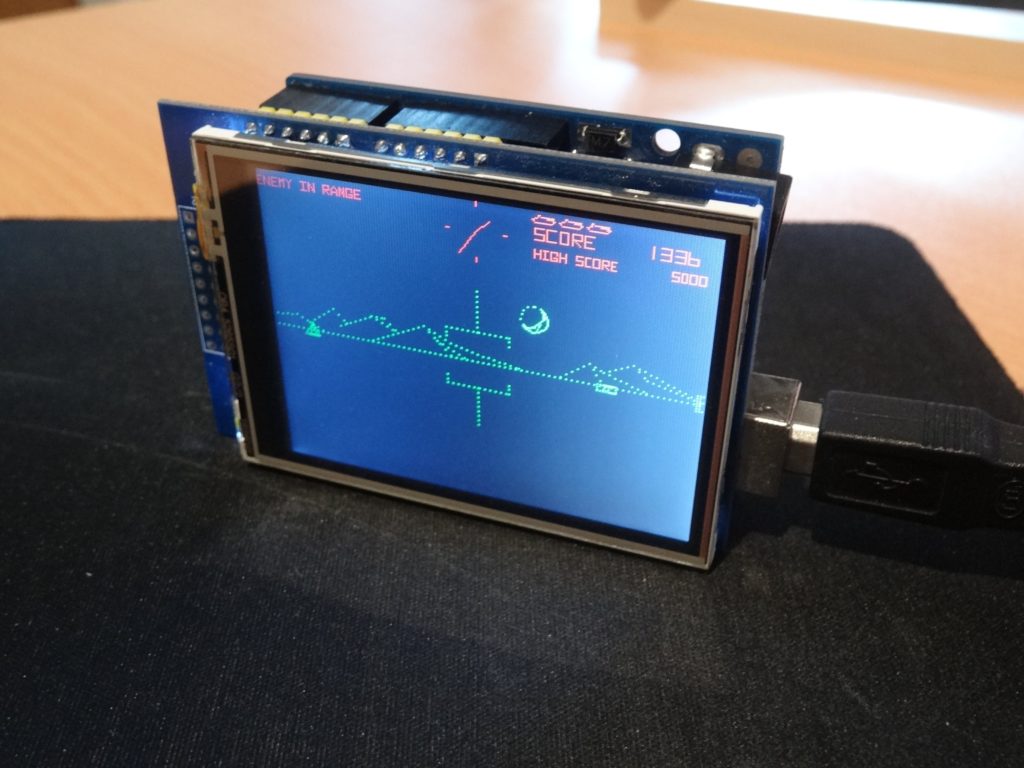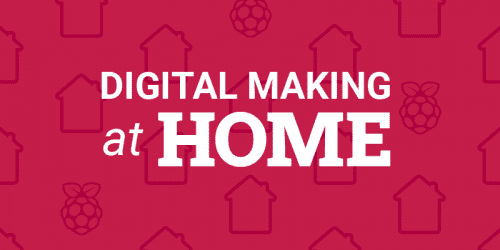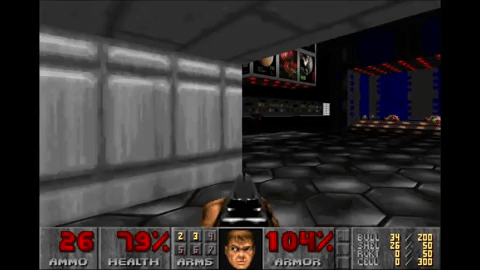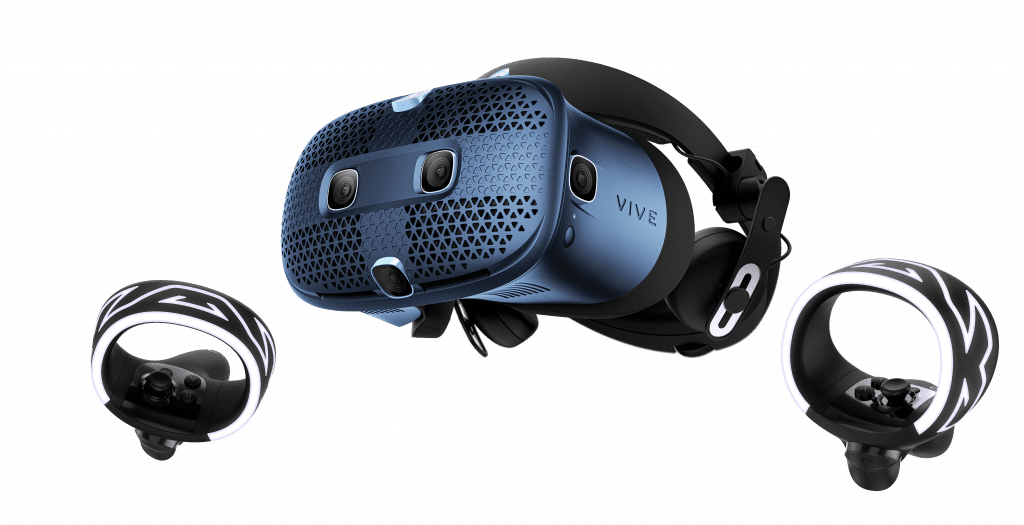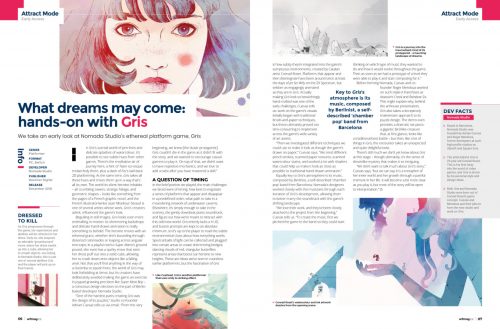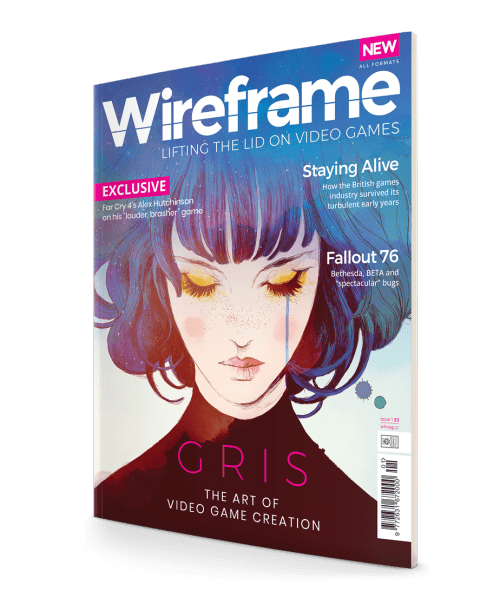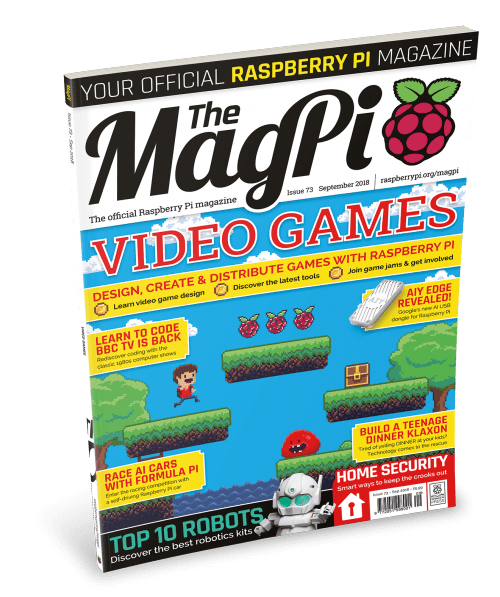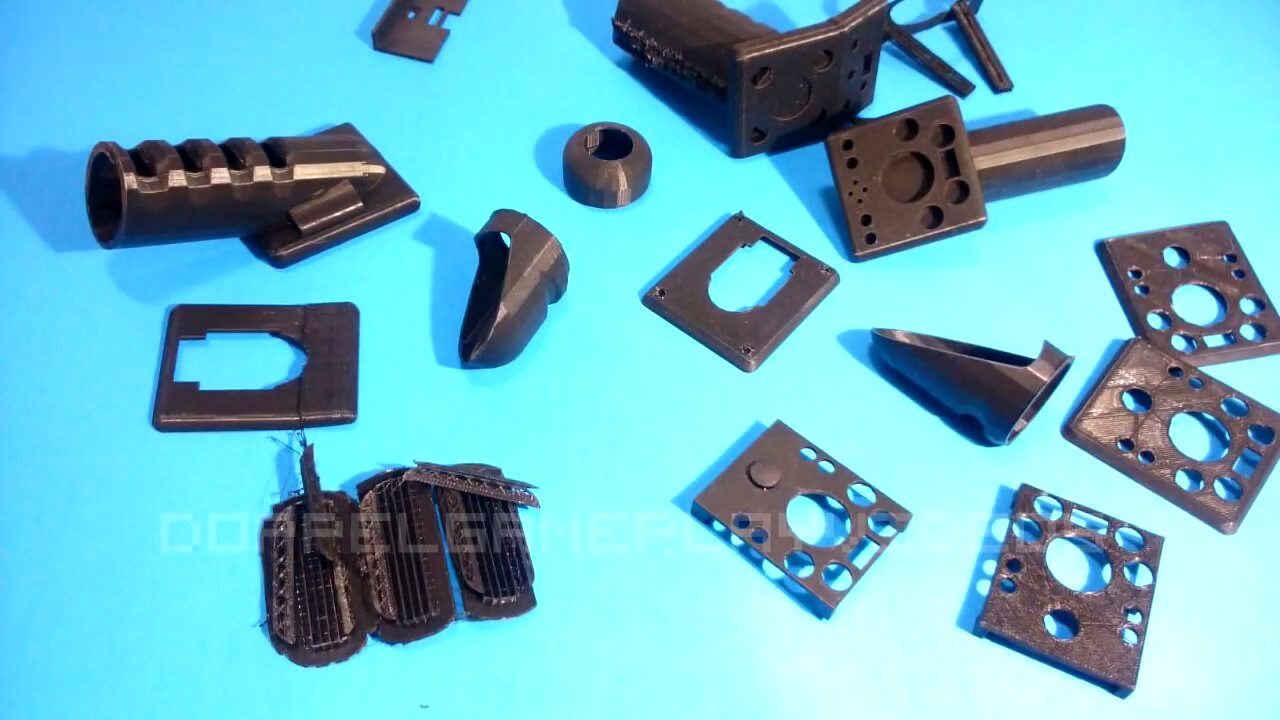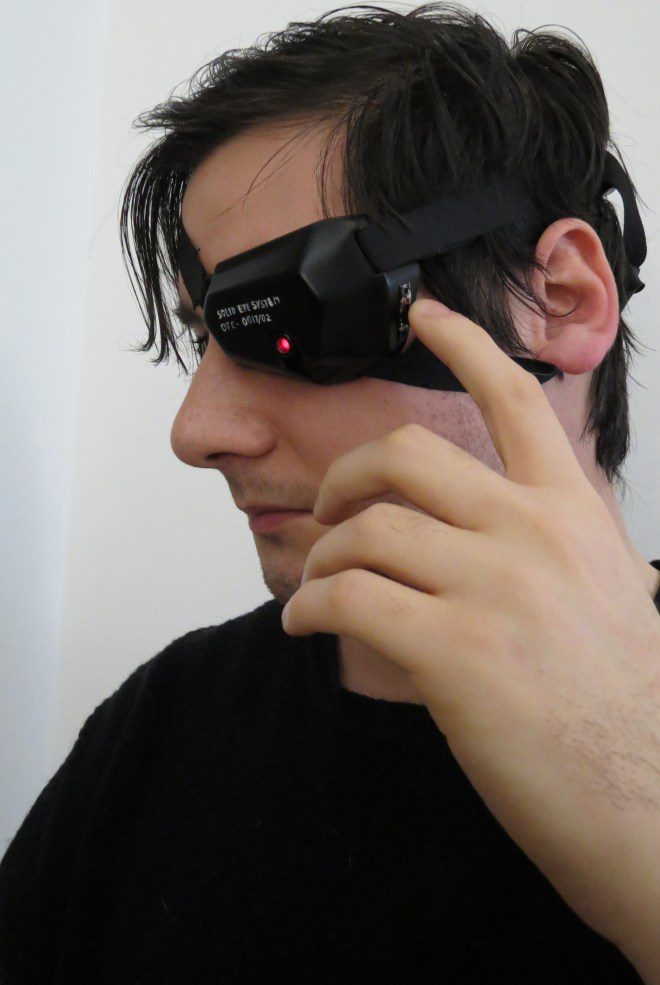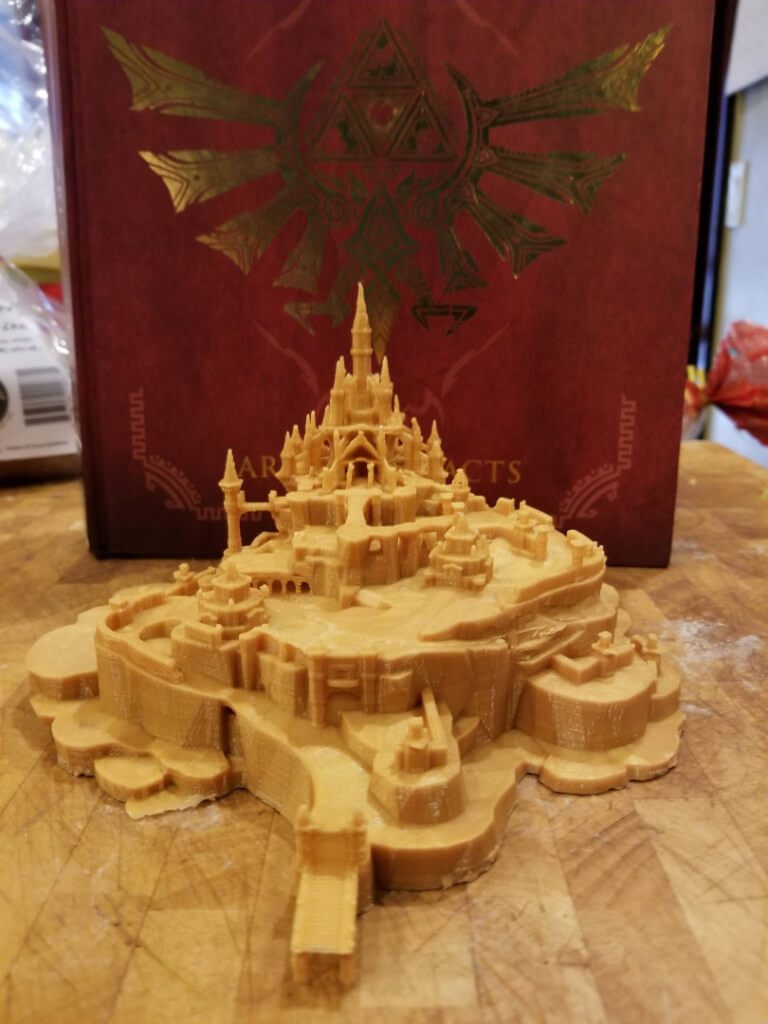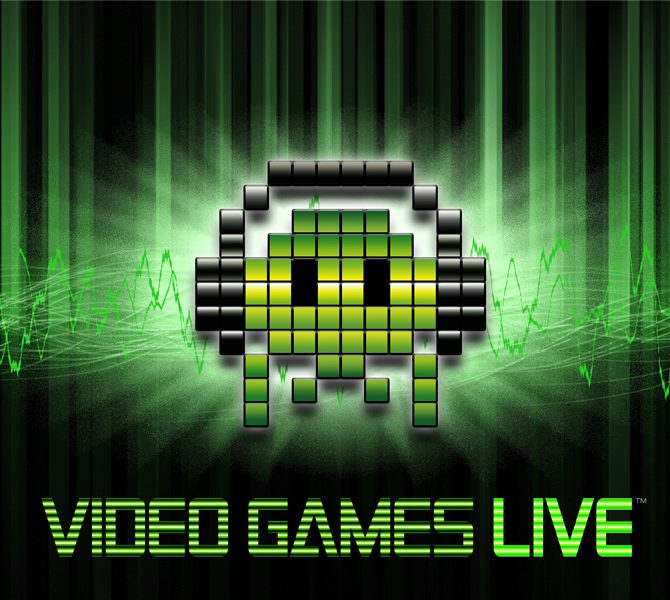Schlagwort: video games
-

LittleZone is a tribute to the 1980 video game Battlezone
Reading Time: 2 minutesArduino Team — June 6th, 2022 Back in 1980, the video game Battlezone was released, and it marked a major advancement in the world of computer graphics since it was the first game with a 3D first-person perspective. In it, the player must pilot a tank around a battlefield and fire at…
-

Play SNES SPC audio files from your browser using original hardware and Arduino
Reading Time: 2 minutesArduino Team — August 9th, 2021 Listening to those classic 16-bit sounds from the ’90s video game era brings back a wave of nostalgia for those who grew up with a console. On the Super Nintendo Entertainment System, outputting sound was accomplished by an integrated circuit called the SNES Audio Processing Unit…
-

Play Call of Duty with a Raspberry Pi-powered Nerf gun
Reading Time: 2 minutesYouTuber Alfredo Sequeida turned a Nerf gun into a controller for playing Call of Duty: Warzone. This is a fun-looking modification project, but some serious coding went into the process. [youtube https://www.youtube.com/watch?v=ld0Pcy6F-3g?feature=oembed&w=500&h=281] Head to the 13-minute mark for an in-game demonstration Trigger happy Funnily enough, the Nerf gun that Alfredo chose was…
-

Digital Making at Home: Making games
Reading Time: 4 minutesWhen you’re part of the Raspberry Pi Foundation community, you’re a part of a global family of young creators who bring things to life with the power of digital making. We imagine that, given the current changes we’re all navigating, there are probably more of you who are interested in creating new…
-

Build your own first-person shooter in Unity
Reading Time: 3 minutesRaspberry Pi Press is back with a new publication: this time, it’s Wireframe’s time to shine, with Build Your Own First-Person Shooter in Unity. BUILD YOUR OWN first-person shooter game in Unity || Wireframe magazine Ever fancied creating your own first-person shooter game? Now you can with Wireframe’s brand new, 140-page bookazine,…
-

PlayStation Blogcast 352: Can You Dig It?
Reading Time: 2 minutesEmail us at blogcast@sony.com! Subscribe via iTunes, Spotify, Google or RSS, or download here On this week’s Blogcast, we interview Sean Velasco of Yacht Club Games about Shovel Knight: King of Cards and Shovel Knight Showdown! Then, we we dig into some hard-hitting listener letters that send at least one of us…
-

Worlds Collide – A Santa Monica Studio Limited Podcast Miniseries
Reading Time: 2 minutesIf you watched our full-length documentary, Raising Kratos, you got a glimpse into our journey reinventing the God of War franchise. It should be no surprise, we have plenty of intriguing, untold stories left to tell that dig deeper into the development of God of War. Thus, we’re proud to announce in…
-

Worlds Collide – A Santa Monica Studio Limited Podcast Miniseries
Reading Time: 2 minutesIf you watched our full-length documentary, Raising Kratos, you got a glimpse into our journey reinventing the God of War franchise. It should be no surprise, we have plenty of intriguing, untold stories left to tell that dig deeper into the development of God of War. Thus, we’re proud to announce in…
-

Worlds Collide – A Santa Monica Studio Limited Podcast Miniseries
Reading Time: 2 minutesIf you watched our full-length documentary, Raising Kratos, you got a glimpse into our journey reinventing the God of War franchise. It should be no surprise, we have plenty of intriguing, untold stories left to tell that dig deeper into the development of God of War. Thus, we’re proud to announce in…
-

Vive Cosmos and Vive Wireless Adapter
Reading Time: 2 minutesThe VIVE family of virtual reality products proudly offers the only native support of wireless for PC VR and we’re excited to extend that distinction to the new Vive Cosmos. We’re fine-tuning performance of the Vive Wireless Adapter with Cosmos and are very close to releasing official support. We expect to deliver…
-

Wireframe issue 1 is out now!
Reading Time: 2 minutesWireframe is our new twice-monthly magazine that lifts the lid on video games. In Wireframe, we look at how games are made, who makes them, and how you can make games of your own. And today, we’re releasing our very first issue! Wireframe: the new magazine that lifts the lid on video…
-

Wireframe: a new games magazine with a difference
Reading Time: 2 minutesWe’re pleased to announce Wireframe: a new, £3, twice-monthly magazine that lifts the lid on video games. Raspberry Pi is all about making computing accessible to everyone, and in Wireframe, we’ll show you how programming, art, music, and design come together to make the video games you love to play — and…
-

MagPi 73: make a video game!
Reading Time: 3 minutesHi folks, Rob from The MagPi here! As far back as I can remember, I always wanted to learn to code to make a video game. I’m technically working on one right now! It’s wildly behind my self-imposed schedule, though. If you too wish to learn how to make games, then check…
-

Gamer Uses 3D Printing to Prototype One-Handed PlayStation 4 Controller
Reading Time: 3 minutesA popular YouTuber and gamer named Doppel D has created a 3D printed PlayStation 4 controller that can be used with just one hand, taking accessibility to a whole new level. Whether it be customized accessories for your gaming console of choice or cosplay of your favorite character, 3D printing technology has been…
-

Project of the Week: 3D Printed Solid Eye from Metal Gear Solid 4
Reading Time: 4 minutesAre you a diehard fan of the Metal Gear video game franchise? Now you can use your 3D printer to cosplay as Solid Snake with a Solid Eye that is equipped with a working LED light. For over 30 years, generations of gamers have been captivated by Hideo Kojima’s massively popular action-adventure stealth…
-

Download and 3D Print Your Own Hyrule Castle from Zelda: Breath of the Wild
Reading Time: 2 minutesIf you’re a Zelda fan and have your own 3D printer, you’ll be happy to hear that there are now a myriad of memorabilia pieces you can create at home. “The Legend of Zelda” series provides some of the most memorable games you can play on a Nintendo system. If you’re hooked…
-

Jetzt Mitmachen und ein ‚Video Games LIVE Digital Silver Package‘ abstauben!
Reading Time: 4 minutesVideo Games LIVE kommt am 22. März in den Wiener Gasometer (Tickets ab 27 €) und wir haben für euch ein Special Pack der ganz besonderen Art, das jeden echten Gamer nicht einfach so an sich vorbei ziehen lassen kann!! [mbYTPlayer url=“https://www.youtube.com/watch?v=DZjv0VcAlzE“ opacity=“.5″ quality=“default“ ratio=“auto“ isinline=“false“ showcontrols=“false“ realfullscreen=“true“ printurl=“true“ autoplay=“true“ mute=“true“ loop=“true“ addraster=“true“…
